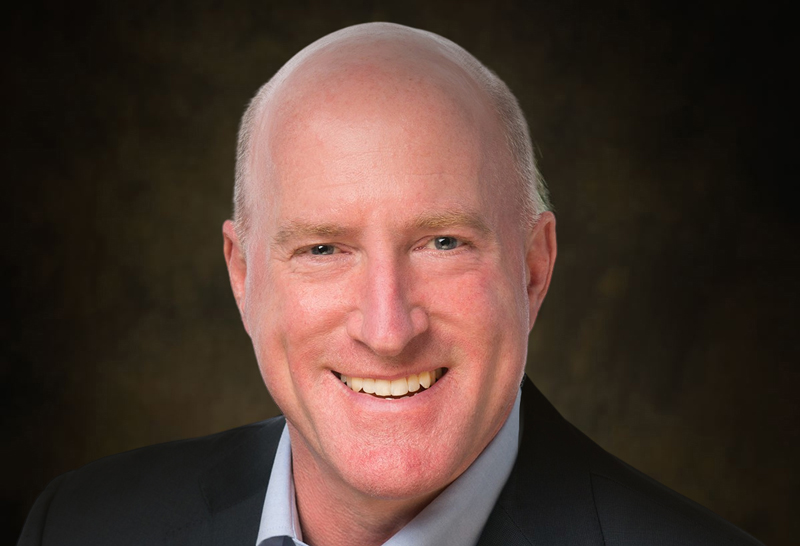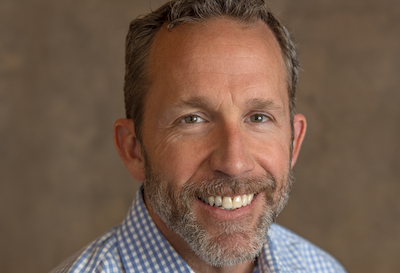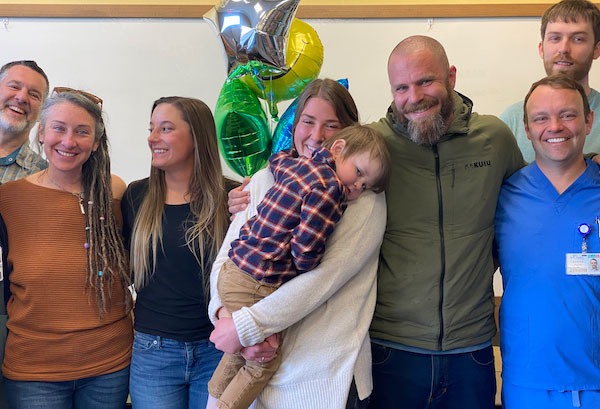More than 20 years ago, Dr. Linyee Chang and her colleagues at the St. Charles Cancer Center made a bold decision that I’m guessing many Central Oregon residents haven’t heard about.
The cancer team was a fairly early adopter of National Comprehensive Cancer Network (NCCN) guidelines, which are standards of cancer care created by 33 academic cancer research centers across the nation. Dr. Chang and her colleagues throughout the region — who were not all employed by St. Charles — agreed in 2004 to collaboratively follow these guidelines when treating patients with the most common types of cancer diagnoses. They worked together to regularly review the research-driven protocols, make sure what they were doing was having the intended result and have maintained quality care standards for decades that mean cancer patients treated in Central Oregon have impressive outcomes.
I like to say that at St. Charles we hit above our weight class in terms of the types of care we are able to provide for a relatively small-sized health system. Our cancer team is a shining example of this truth. In fact, when visited by our accrediting agency in the fall of 2022, the reviewer said that he could find no useful suggestions for improvement at St. Charles Cancer Center. Our oncologists’ treatment plans concur with NCCN guidelines nearly 100% of the time; the exceptions are those rare or complicated cases where definitive research doesn’t yet exist.
It’s because of this commitment and decades-long track record of excellence that we have been able to launch a pilot project in collaboration with PacificSource Health Plans. The instant approval process means patients who are covered by PacificSource health insurance who receive a cancer treatment plan that falls within NCCN guidelines from the St. Charles Cancer Center are automatically approved for insurance coverage and can start treatment immediately if they choose. We were able to come to agreement because most health plans rely on the same NCCN guidelines when they authorize cancer care. By looking at the information together, the St. Charles and PacificSource teams realized we could save patients and health care workers time and frustration by removing the pre-authorization barrier to proven, appropriate care.
The full impact of this effort is hard to quantify after only a few months, but I can tell you that in conversations with patients, family members and our staff of caregivers and physicians the emotional burden of waiting for treatment has been greatly reduced. The toll on physicians and caregivers tasked with spending time and energy on insurance approvals has lessened. And, ultimately, we believe that by getting patients into treatment earlier we will see an improvement in their long-term health.
I’d like to thank our colleagues at PacificSource for being willing to try something bold that challenges the status quo and looks at patient care in a logical, evidence-based way. I’m hopeful this model will serve to inspire creative thinking for others and that we can move toward building more programs like this that remove administrative burden and improve the health care experience for all.
When we work together with the best interest of our patients in mind — like Dr. Chang and her colleagues have done for 20 years — everyone wins.
Sincerely,
Steve





